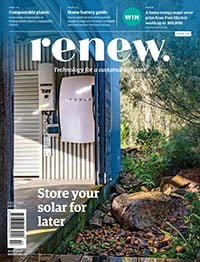7 ways to build resilience
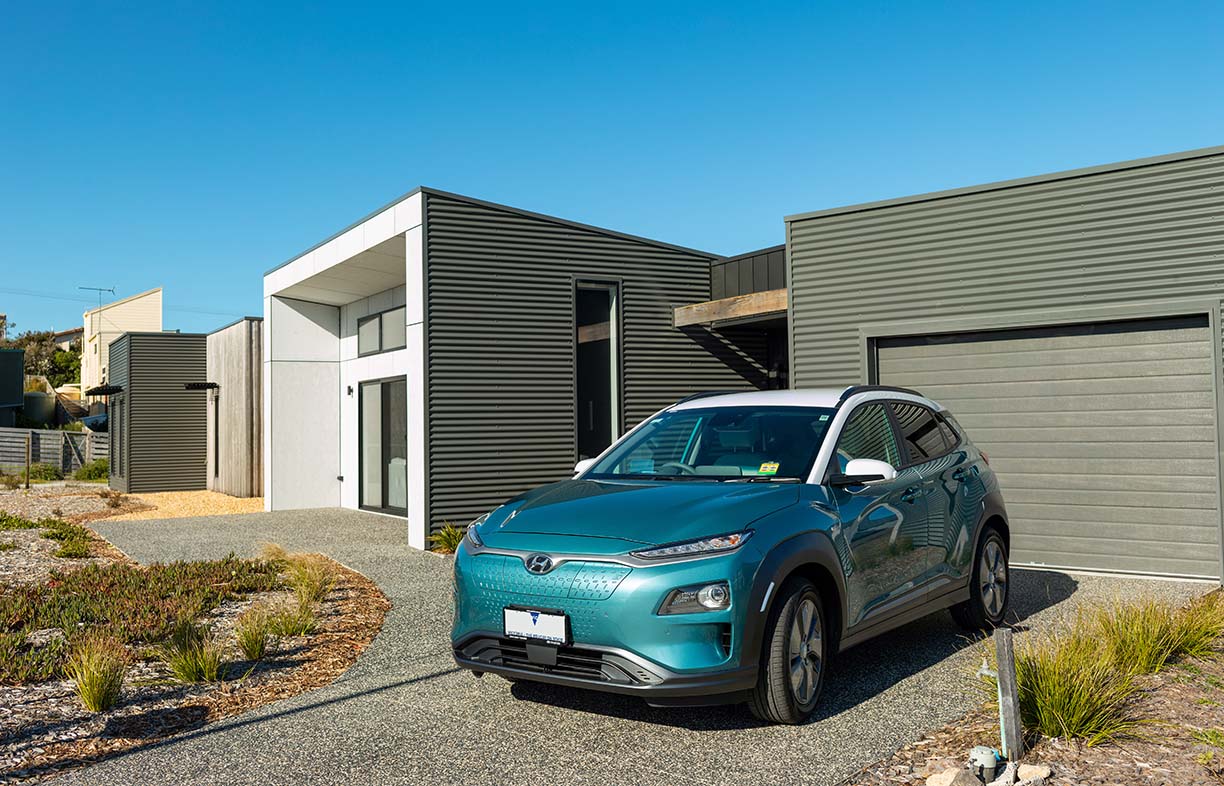
In response to the devastating bushfires and Covid-19, Brendan Condon, Richard Keech and Renew’s Damien Moyse call for seven practical steps to build a new climate-resilient normal for Australia.
The flipside of crisis is opportunity. The past six months have seen two extraordinary events play out across Australia with devastating impacts—the eastern Australian drought and bushfires, closely followed by Covid-19.
As we move into recovery mode, the good news is that we have an opportunity to take practical steps in our communities and country to build economic and social resilience, reduce costs to the economy and help rebuild our personal, household and national coffers.
This is particularly important with the likelihood of more disruptor events in the future, which will undoubtedly occur in a heating climate. Australia’s response to Covid-19 has been swift, decisive and admirable. Can we take this mindset and transform our households, communities and country to meet looming climate challenges and other disruptions?
Here are seven overlapping strategies that can be implemented across Australian cities and communities to build resilience, save money and create a healthier and cleaner future for Australia.
Innovative households, communities and businesses are already implementing many of these solutions and reaping the benefits, demonstrating the way forward for all Australians. Business-as-usual is not an option.
Our hope is that Australians demand that these things become the new normal in a post-Covid-19, climate-challenged future. Our national prosperity and health depend on it.
1. Build and retrofit climate-adapted resilient housing and communities
Most Australians have found themselves quarantined at home during the pandemic, in older houses that generally rate between 1 and 3 Stars and are stiflingly hot in summer and freezing cold in winter, or in newer houses in modern estates that are unnecessarily energy-intensive with annual running costs of thousands of dollars.
The good news is that as part of a review of our National Construction Code, Australian state and federal governments are currently contemplating lifting the minimum energy performance required of new Australian homes to a minimum of 7 Stars, while at the same time restricting energy use from major appliances such as hot water, lighting and pool pumps. This is a positive step forward that could become law as early as January 2022.
If we adopt this sensible change, while concurrently installing solar on houses and replacing expensive-to-run and polluting gas appliances with efficient all-electric technologies such as heat pumps for heating and hot water systems, and induction cooktops for cooking, Australian homes can reduce annual energy bills from between $2000 to $3000 a year to $500 and less.Extrapolated across new houses, this represents a saving of billions of dollars a year to Australian households. Similar benefits can be achieved in our offices and businesses. Our national housing industry—volume builders and major developers—should start building better energy-efficient, all-electric homes.
Upfront costs and other barriers to energy upgrades mean that too often social housing residents, renters and low-income homeowners are paying high bills and living in unhealthy homes. Renew and our partners are proposing a National Low Income Energy Productivity Program that would create jobs and deliver long-term social benefits by investing in energy assessments, upgrades and solar PV installations for up to 1.7 million homes. Minimum energy standards for rental homes and new transparency and disclosure rules can further bring homes up to scratch.
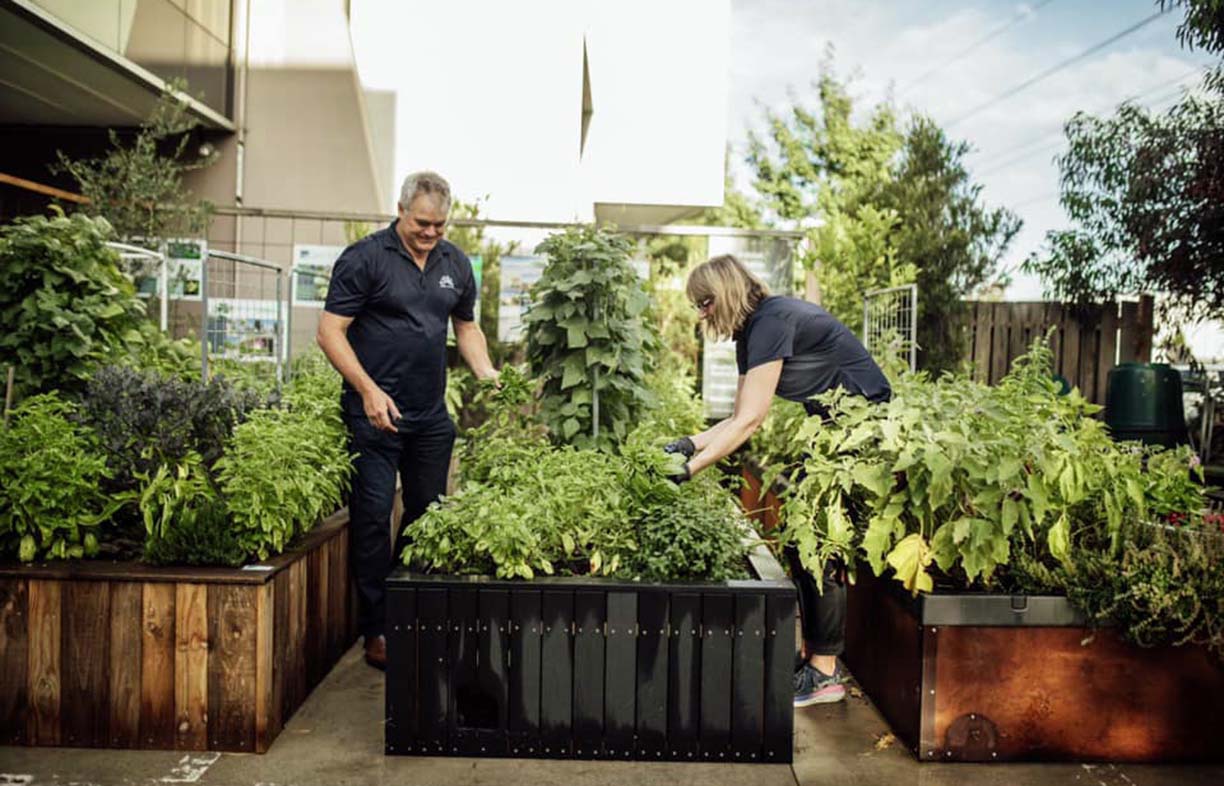
2. Electrify everything—transport, homes and businesses
Going all-electric is a positive route towards rebuilding national economic health and liquidity, while achieving deep cuts to our national carbon emissions.
In addition to around $2000 to $3000 a year spent on household energy costs, Australian homes also spend $3500 to $4000 for each car they use regularly.
Right now we are witnessing the rapid proliferation of efficient, increasingly affordable long-range electric vehicles. Economic analysis of efficient all-electric homes paired with electric cars show they can achieve annual energy savings of over $5000 a year compared to conventional homes, with very good returns on investment. This takes into account the relatively high upfront cost of electric vehicles in Australia at present.
These numbers will improve as more competition develops in the electric vehicle market and costs reduce in coming years. There is a huge opportunity for all Australian homes to adopt solar and electric vehicles, to eliminate fuel costs altogether and, in many cases, create energy for mobility from their own rooftops. And, if enacted Australia-wide, these changes could significantly reduce Australia’s annual oil bill, which currently sits at almost $30 billion.
Our abundant renewable energy resources of solar and wind could power demand many times over—the level of solar radiation falling on Australia is about 10,000 times our annual energy consumption.
Green electrification brings key additional benefits from improved energy security. Electric transportation means much less risk from our historically low reserves of petroleum. Second, electrification means reducing the risk associated with depletion of Victoria’s Bass Strait gas fields. Natural depletion of these fields means we can expect to see winter shortfalls of gas from these fields by 2025 (see ‘Goodbye to Bass Strait gas’ in Renew 151 for more).
3. Invest in sustainable agriculture and cities as food-producing powerhouses
Australia is currently food-abundant, but climate change and the increasing severity and frequency of droughts have been driving up food costs in recent years and putting our primary producers under increasing pressure.
Climate change is likely to further challenge our food security in coming decades. Australia needs to take concrete steps to protect and support our farmers who have the potential to adapt practices and move from being a contributor to climate change to a solution. New innovative techniques are being tested and proven now that allow farmers to sustainably produce food and create income, while sinking carbon into soils. Protecting natural carbon sinks like forests and restoring fragmented biodiversity on our agricultural lands can coexist with our ability to feed and house ourselves.
We can also generate a lot of food within city limits to augment food supply. Cities have all the ingredients for effective food production—large volumes of compostable food and green waste that can be diverted into food production, as well as under-used space in our sprawling suburbs.
Current Covid-19 restrictions have seen a surge in interest in home food growing and home poultry. The benefits of urban farming are many—reduced food costs, social connection, exercise, mental and physical health, better nutrition, avoiding organic waste to landfill, reducing food miles to food metres.
The past five years has seen a proliferation of ‘urban ag-tech’ or systems for producing food in cities, ranging from high-tech computer-controlled intensive greenhouses operated with artificial lights and robotics, to lower-tech, affordable modular urban farms.
4. Develop productive industries around cheap renewable electricity
Australia’s wholesale price of electricity is declining because of new renewable energy sources, particularly at certain times—usually when it’s both windy and sunny at the same time. Increasingly there are times that the wholesale price is near zero or even negative.
This situation presents an enormous business opportunity to industries flexible enough to take full advantage of the timing of these low energy prices—operating when prices are low and halting operation when prices are high.
One example is hydrogen by electrolysis. Water plus electricity can easily give us hydrogen gas. Hydrogen is being touted as a way to create low-carbon fuels and feedstocks that can then be exported or used locally for low-carbon industrial activity. A great example is creating and exporting bulk ammonia to places like Japan where it can be used for energy and industrial production. Another is creating low-emission steel without needing coal. A third use for hydrogen is for seasonal energy storage in our own grid. It’s a way to bank our renewable energy for periods of high demand, when it can be turned back into electricity.
Pumped energy storage is another example. Snowy Hydro 2.0 isn’t the only game in town: Australia has an abundance of places that suit pumped hydro energy systems (PHES) as a way of storing cheap renewable energy for times of higher energy prices. An example is the abandoned Kidston gold mine in Queensland where a large PHES project has just achieved a major pre-construction milestone.
A third example is producing water for our dry continent. Cheap green energy could ease the pressure on our rivers if used for creation of fresh water by desalination—for smart high-value agriculture or potable uses. This might be in coastal areas using sea water or where there are briny aquifers.
The other upside from these flexible industries is that they can have a stabilising effect on the grid. First, they stabilise the wholesale power price which will help keep our generators economically viable. They also help reduce the risk of blackouts at peak times by ensuring that there’s enough energy consumption able to quickly go offline when demand is high.
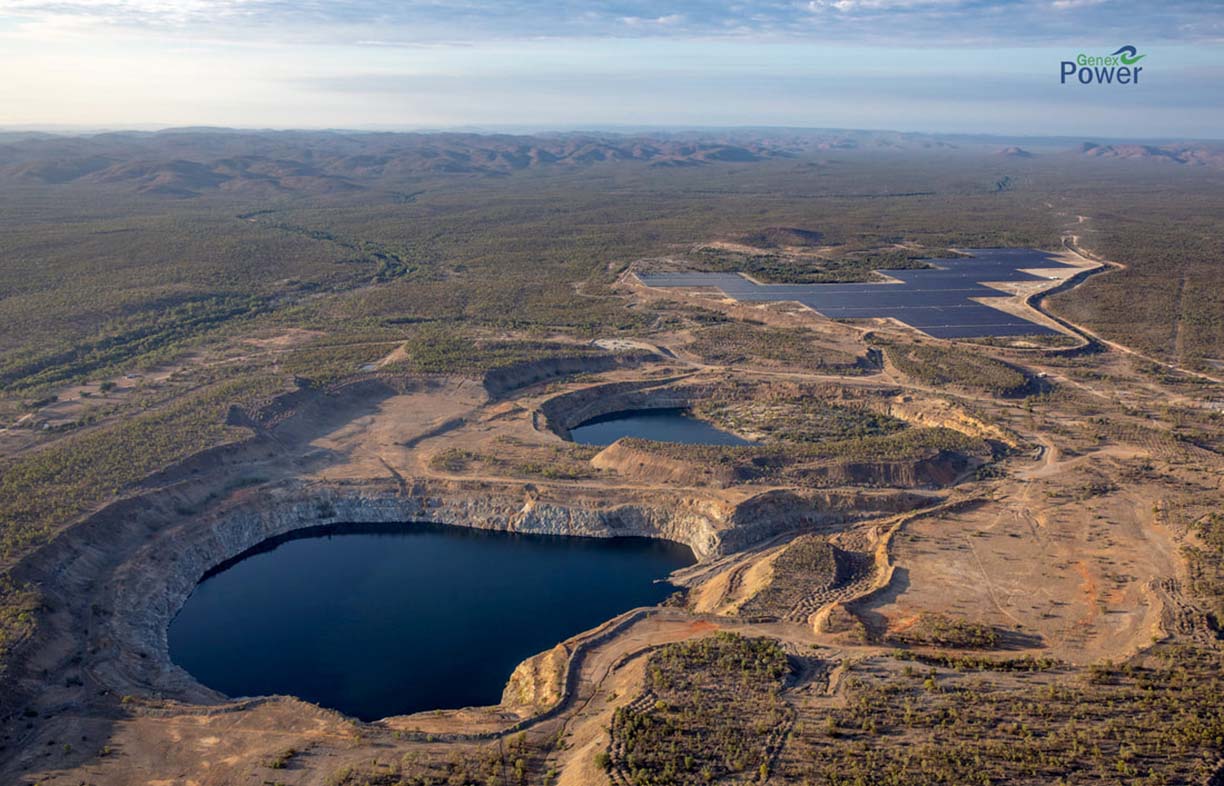
5. Create walkable, cyclable, connected communities
Let’s face it—a lot of current Australian urban form leaves a lot to be desired. Car-centric suburbs are ‘obesogenic’ and reinforce sedentary behaviour, poor health outcomes and car use. Tens of thousands of kilometres of high paling fences divide up suburbia and cut off social contact between households, designing in loneliness and social isolation.
The remedy is to build active, connected communities and harness the principles of socially positive urban design.
Socially positive urban design allows residents to build and maintain a strong connection with their community, while balancing the need for privacy. Examples include open streets and neighbourhoods with no front fencing, traffic-calming measures, walking and cycling path networks, smaller pocket parks and larger parks, homes that have good passive surveillance over neighbourhoods so that people feel secure, and raised front porches facing on to streets where people can sit and watch the world go by. Parks with facilities like fitness stations or community gardens are great for incidental contact and building community. The benefits of this approach have become even clearer during the restrictions associated with Covid-19, where residents are able to maintain healthy levels of social contact, while maintaining safe physical distancing.
Australia needs to match our investment in big-ticket multi-billion-dollar road infrastructure projects with meaningful investments in safe and accessible cycle path networks that create a viable alternative for people movement in our cities. Electric bicycles could be transformative, expanding the radius of effective bike commuting.
The benefits are numerous: increased exercise, reduced health costs, reduced carbon emissions, reduced fuel spend and reduced congestion. Recent announcements by Infrastructure Australia of support for a network of cycling superhighways sound promising and worthy of priority.
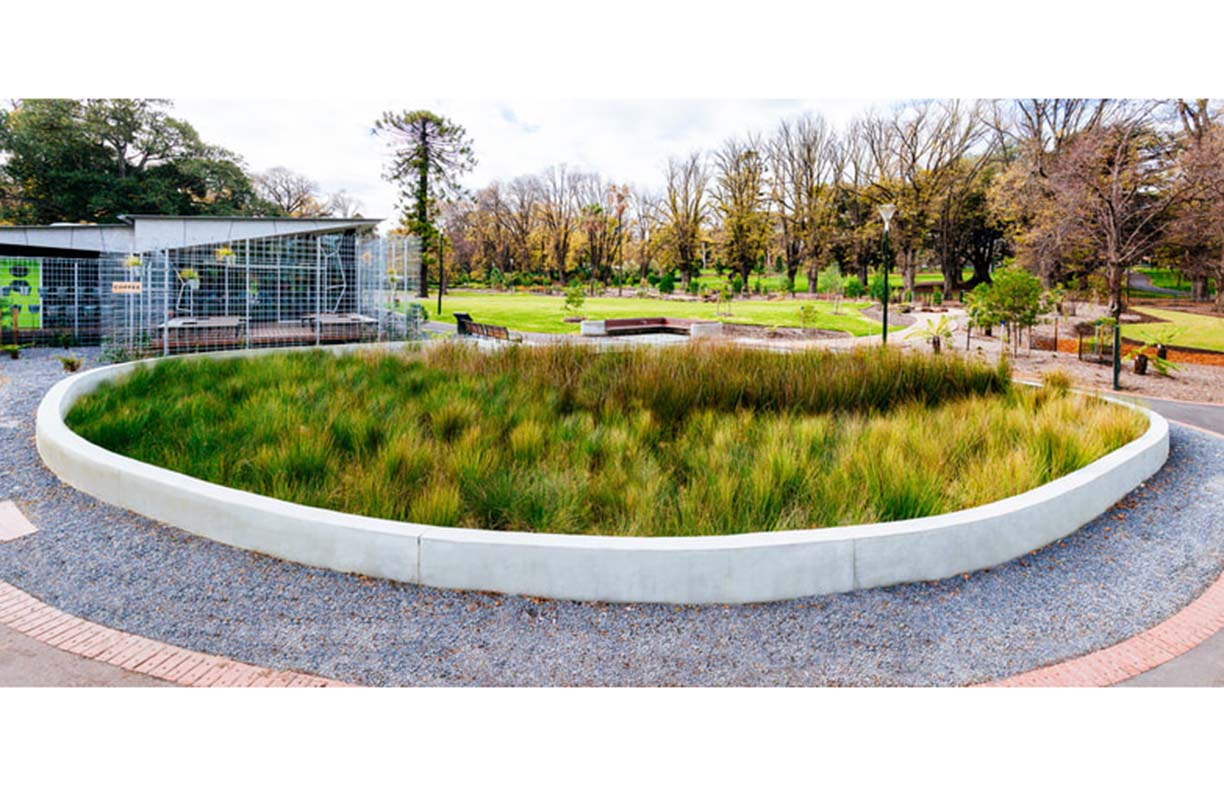
6. Invest in green infrastructure and urban biodiversity
While the major focus has been on large infrastructure projects, we can also transform our cities with much lower-cost green infrastructure, such as green rooftops, lanes and walls, urban farms and stormwater harvesting to droughtproof our cities. The list goes on—local renewable energy production, battery storage, smart grids, energy efficiency incentives, cycling infrastructure, electric vehicle charging infrastructure, urban biodiversity projects.
These sustainable infrastructure and public space projects can be nimbly retrofitted into our urban form, for a fraction of the cost of the big-ticket projects and with huge benefits. Adopting these approaches can help us to create water-secure cities that can support biodiversity, stay cool during heatwaves, reduce energy use, energy bills and carbon emissions, and create healthy, resilient cities and neighbourhoods.
7. Connect homes and workplaces to enable sustainable decentralisation
Finally, Australians have had a taste of working at home; the flexibility, time savings, reduced car travel and other benefits mean that this is a trend that is likely to stick.
Quality high-speed broadband connectivity to homes is critical for people to be productive and work remotely while connected to work and social networks. It also allows for sustainable decentralisation of workplaces and economic opportunities for regional centres and communities. With Melbourne forecast to potentially expand to 8 million people by 2050, the imperatives for decentralisation to regional towns and communities are greater than ever, and the benefits of sharing some of the economic activity around the regions are huge.
Seize the moment
We live in a super-connected world in which we have reaped the benefits of globalised trade. When stressor events like Covid-19 disrupt human movement and connectivity, it underlines the value of super-local food and energy production and resilient, self-reliant communities.
We have the design nous, skills and technologies to maintain our connectivity to the broader world and build sustainable export revenue streams while improving resiliency and self-reliant communities. The systems and methods are proven, and the approaches discussed have strong community support. Business-as-usual is no longer an option in a post-Covid world facing down much larger looming climate change risks and disruptors. We are an inventive bunch. We have recently shown we have great risk-management skills. Let’s seize the moment.
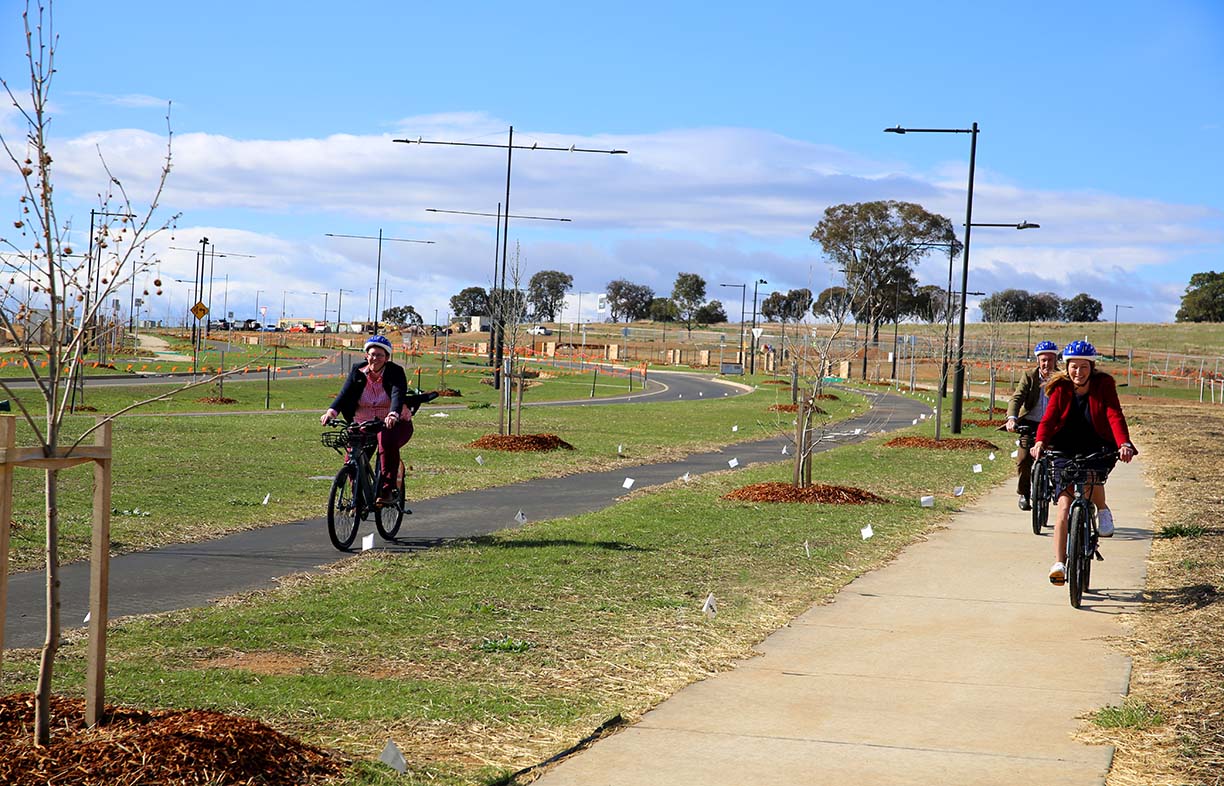
Renew and the recovery
Renew believes the HomeBuilder package is a wasted opportunity to invest in solar and energy efficiency. Renew is working with our partners to push for:
- large-scale energy audits, efficiency upgrades and solar installation for public housing residents and people on low incomes
- a minimum 7 Star NatHERS rating for all new homes
- minimum rental standards
- clear home ratings and a mandatory requirement to disclose the rating when selling/leasing a home
- investment in community renewables
- the building of new world-class, energy-efficient public housing.
Further reading
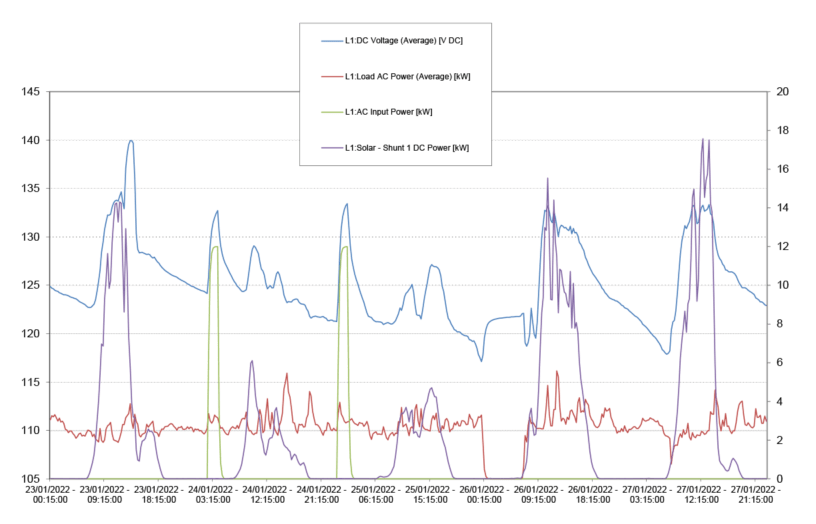 Sustainable tech
Sustainable tech
Community energy sharing challenges and solutions
Oliver Crowder from Saltwater Solar reports on a remote community solar system he helped set up more than 10 years ago.
Read more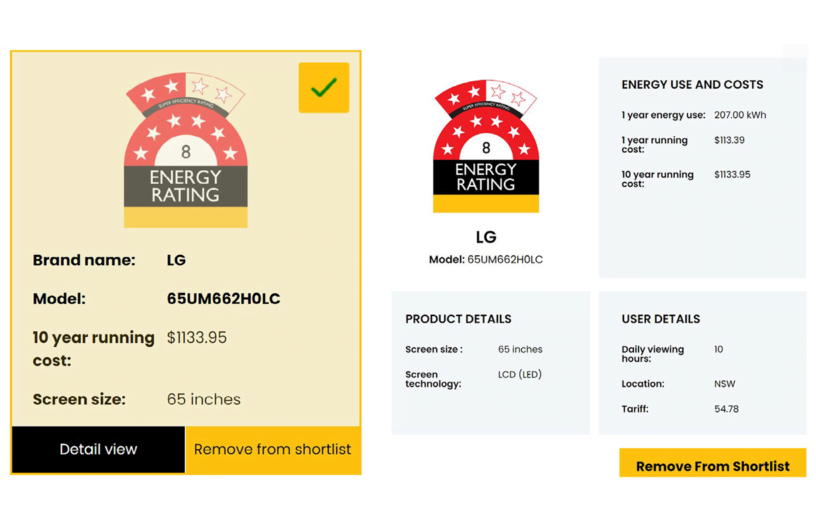 Pears Report
Pears Report
Fossil fuels, efficiency and TVs
Alan Pears brings us the latest news and analysis from the energy sector.
Read more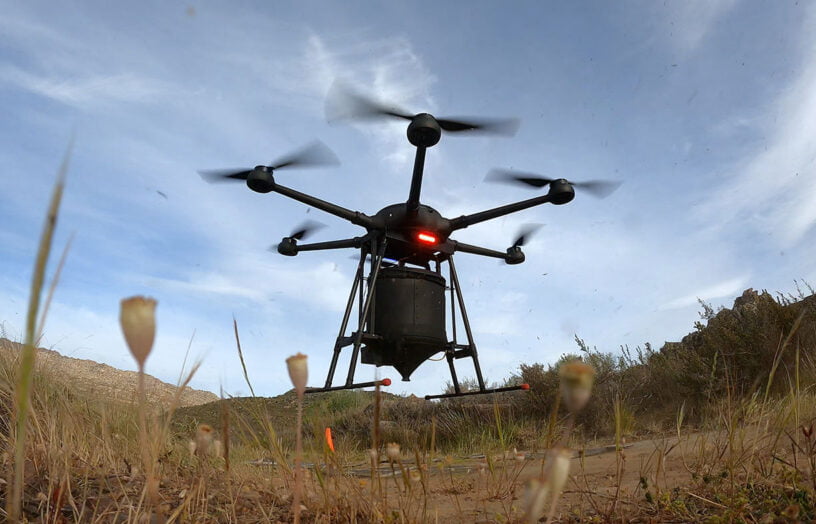 Sustainable tech
Sustainable tech
Breaking the barriers to innovation
Rob McCann looks at the big sustainability innovations of the past, and implores us not to become a nation of laggards.
Read more

